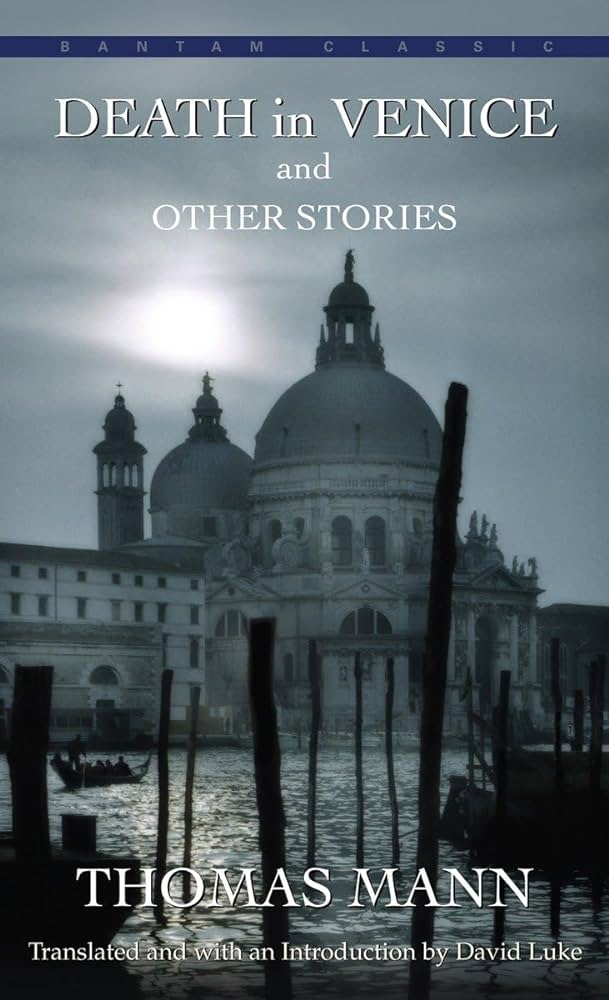Love it? Add to your wishlist
Your favorites, all in one place. Shop quickly and easily with the wishlist feature!
[title]
[message]Penguin Random House
Paperback
Out of stock
Give Your Reading a Breeze
Enjoy 10% OFF this Summer.
Use code: BOOKS
Couldn't load pickup availability
Death in Venice and Other Stories is a collection of short stories by German author Thomas Mann, first published in 1912. The centerpiece of the collection is the novella Death in Venice, which tells the story of Gustav von Aschenbach, an aging writer who becomes obsessed with a beautiful young boy Tadzio while vacationing in Venice. The novella is a meditation on beauty, aging, and death, and is considered one of Mann's masterpieces.
The other stories in the collection are:
These stories explore a wide range of themes, including love, death, art, and society. They are all beautifully written and showcase Mann's mastery of the short story form.
Death in Venice and Other Stories is a must-read for anyone interested in German literature or the work of Thomas Mann. The stories are both beautiful and thought-provoking, and they offer a fascinating glimpse into the mind of one of the greatest writers of the 20th century.
Here is a brief summary of each of the other stories in the collection:
![]() Descriptions are sourced from publishers or third parties and are not independently verified.
See our disclaimer
Descriptions are sourced from publishers or third parties and are not independently verified.
See our disclaimer
Book descriptions and information on our website are sourced from third parties. While we aim for accuracy, we do not verify these details.
For corrections, contact us at contact@biblionepal.com.
Inside Kathmandu Valley: Orders are usually delivered within 1–2 days (up to 3 days on weekends).
Outside Valley: Delivery takes approximately 3–5 days.
Payment Options: We accept all major payments via FonePay, ConnectIPS, eSewa, Khalti, and international payments via remittance.
